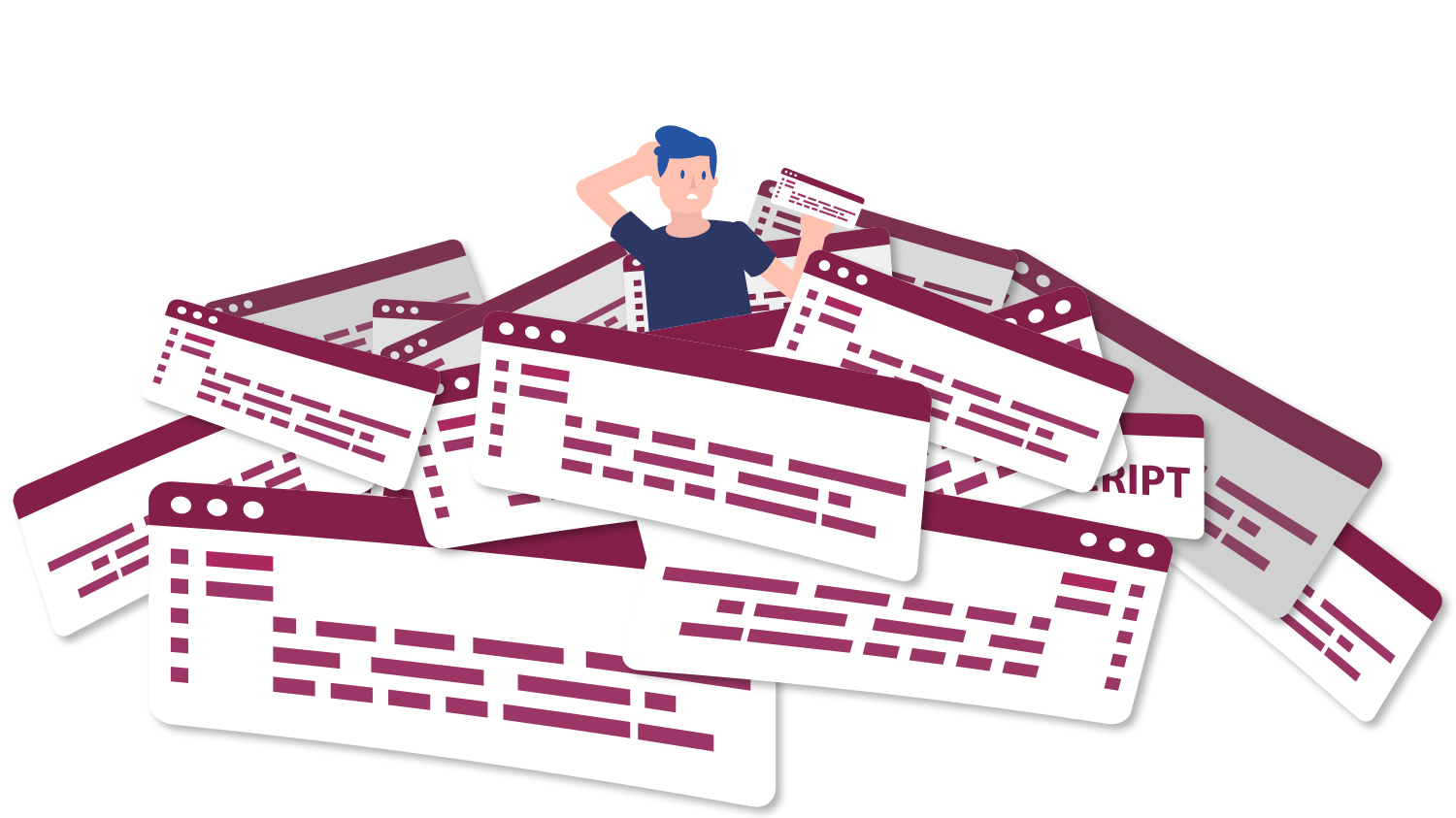What’s the best way to handle abbreviations?
Question
Answer
Abbreviations and acronyms are useful to help content creators easily add information. However, many users may not understand these abbreviations. People with cognitive disabilities may have limited memory or understanding, and screen magnifiers may reduce the context clues to help users understand abbreviations. The following may also make abbreviations confusing:
- Some abbreviations or acronyms look like common words (JAWS could be 'jaws' or 'Job Access With Speech').
- Some abbreviations have multiple meanings (TBC could be 'To be Continued' or 'To be Confirmed').
- Some abbreviations do not look like normal English words ('lb', meaning pounds, does not look like the full word).
- Some acronyms may sound like common words but are spelled differently.
Having acronyms and abbreviations on a webpage is allowed by WCAG, but some techniques are required. There are multiple ways to handle abbreviations on webpages:
- Include the expansion the first time the abbreviation appears ("the Web Content Accessibility Guidelines (WCAG )...").
- Add links or a search dictionary of abbreviation definitions.
- using the HTML
abbrelement:-
<abbr title="World Wide Web">WWW</abbr>
-
- If the abbreviation has multiple meanings on the same page, ensure each instance of the abbreviation has the definition linked, or related through expansion or the
abbrelement.
For more questions about site content and abbreviations, reach out to our team of web accessibility specialists for one-on-one advice!


